On othering
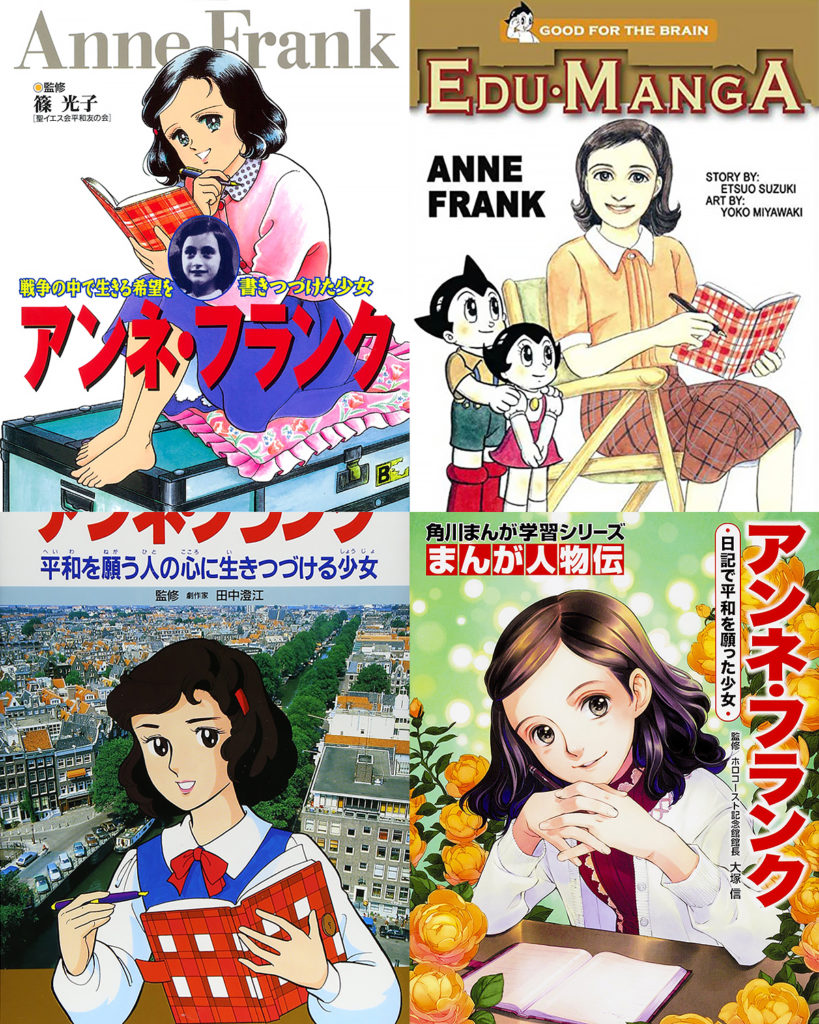
Cover of manga books about Anne Frank, illustrated by Naoko Takase, Yoko Miyawaki, Yuko Mori and Niki Kajiwara
To explain the concept of othering, it’s useful to look at who isn’t othered.
To many, Anne Frank is the only human face of the 6 million Jews who were murdered during the Holocaust. Her diary inspired a future president who served 27 years in prison for opposing his country’s apartheid regime*, and caused Anne Frank mania in the country that was Nazi Germany’s only Asian ally.
In 2022, the women of Iran became a new symbol of courage. They were named “Heroes of 2022” by Time magazine, and immortalized by guerrilla artists all over the world.
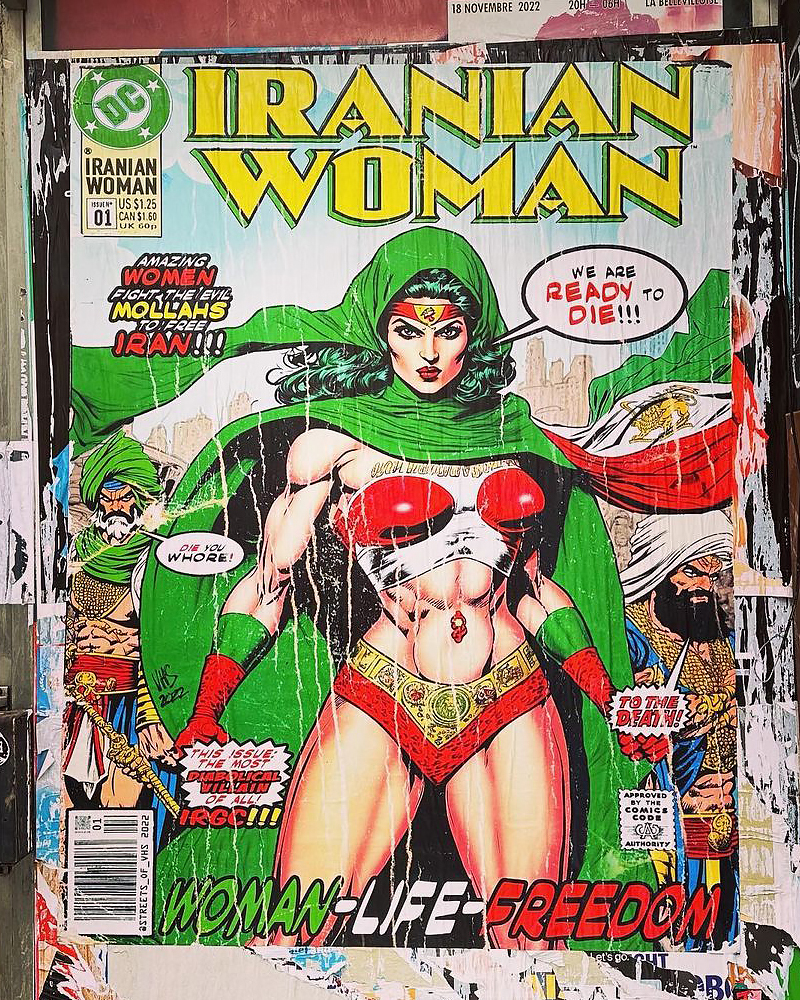
@streets_of_vhs’s tribute to the women of Iran, in the streets of Paris
But why is it that only the Iranians themselves seem interested in painting heroic portraits of Iranian men? 🤍
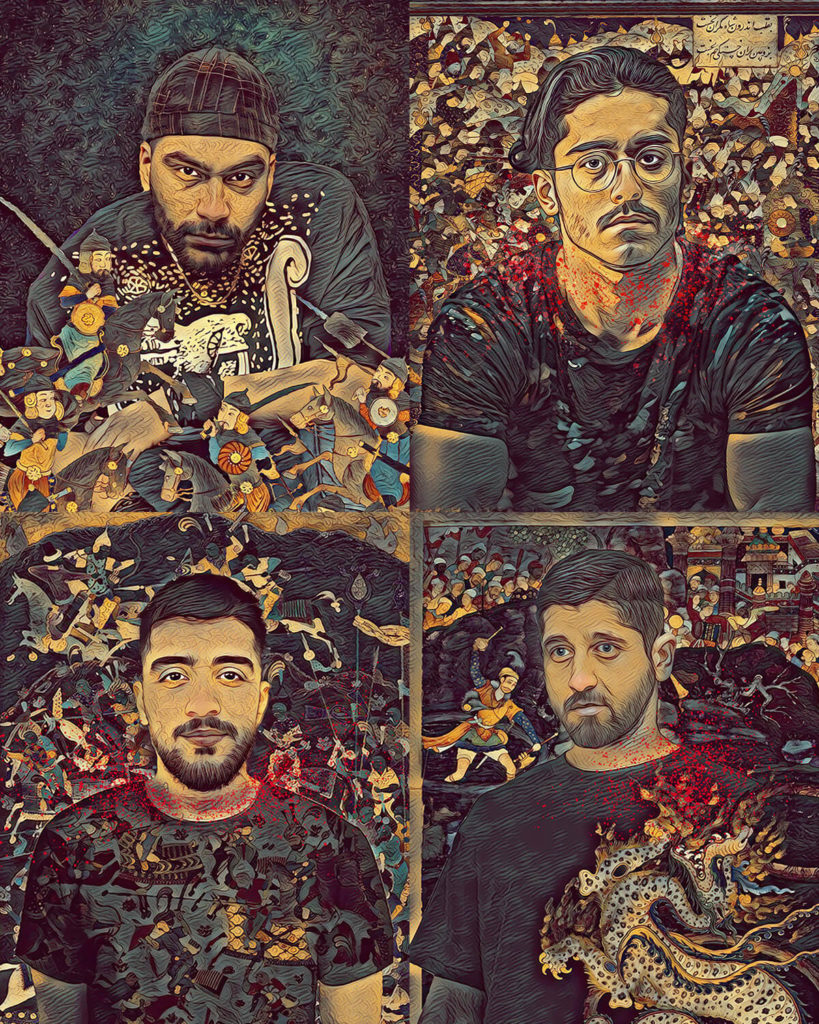
@sarahshoghi’s portrait of Mohsen Shekari, Majidreza Rahnavard, Mohammad Mehdi Karami and Seyyed Mohammad Hosseini.
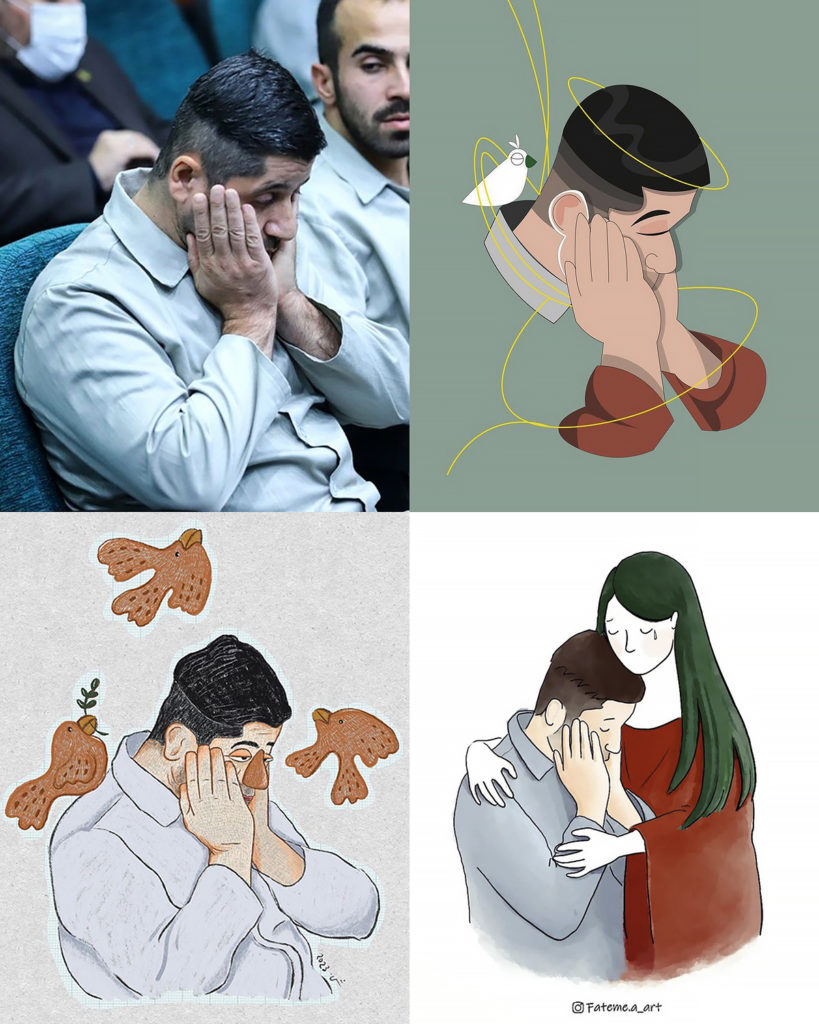
@_maya_art_studio, @shaadikalantari and @fateme.a_art’s artistic interpretations of the moment when Seyyed Mohammad Hosseini was sentenced to death (original photo by Amir Abbas Ghasemi/Mizan News Agency). In the caption of her image where a green-haired being embraces Seyyed Mohammad ( who was orphaned at a young age), @fateme.a_art writes: “I wish you could see that you have a family as big as Iran.” 💚🕊
According to art historian Griselda Pollock, Anne Frank’s gender and age have had a “de-particularizing” effect. Readers don’t think of her as a Jew first and foremost, but as a 13-year-old girl. In other words, she’s considered part of a universal Us rather than a less grievable Them.
This principle might make it easier to understand why the European Union hesitates to designate the Islamic Republic’s Revolutionary Guards as a terrorist organization — despite the fact that they hang protesters from tower cranes.
Because the victims are men, we view them primarily through the lens of ethnicity; their otherness.
The people of Iran are desperately trying to humanize these men. They tell stories about their good deeds; share clips of them dancing, full of life; or of their parents breaking down when they find out that their sons have been killed during the night.
And the rest of the world offers nothing more than condolences for Their loss.
As if We could afford to lose a single human being who believes in freedom and equality, when 70% of the earth’s population lives in dictatorships.*
Anti-democratic forces, using othering to divide and conquer, are once again gaining ground. They try to gaslight us into believing that caring about other people is tantamount to “Western imperialism”.
There is a poem hanging on a wall in the UN headquarters in New York which contradicts that.
“Human beings are members of a whole,
In creation, of one essence and soul.If one member is inflicted with pain,
Other members, uneasy will remain.If you have no sympathy for human pain,
The name of human you cannot retain”
It was written by Iranian poet Saadi Shirazi in the 13th century, but the message itself will never lose its relevance.
Don’t let yourself become dehumanized. Because that’s how those who depend on our apathy win.
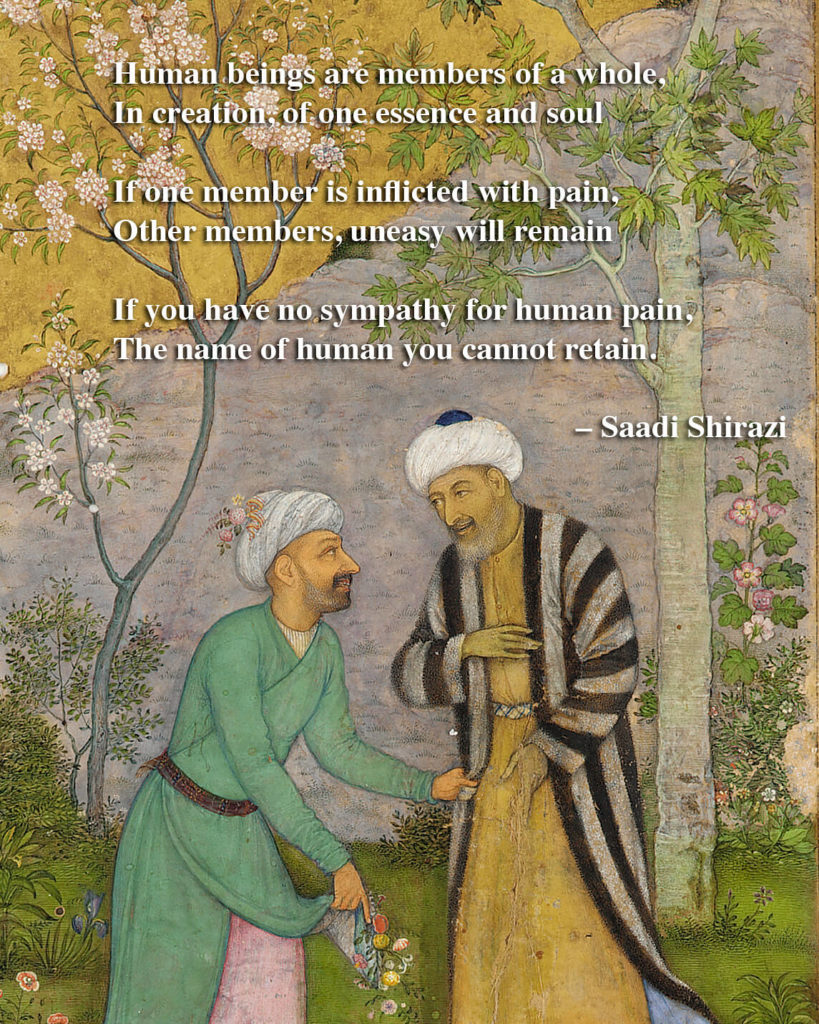
Saadi Shirazi, portrayed by the Indian artist Govardhan, for a 17th-century edition of Saadi’s book Gulistan (The Flower Garden)
Sources
* Interview with Nelson Mandela about what Anne Frank’s diary meant to him when he was imprisoned on Robben Island: https://www.youtube.com/watch?v=PHd2Y98pvbc
** Stilled life: traumatic knowing, political violence, and the dying of Anne Frank by Griselda Pollock. The theoretical term “grievability” was coined by the philosopher Judith Butler.
*** “Autocratization Changing Nature?”, V-Dem Institute
#iranrevolution ❤️🔥
Back to all posts about Iran
